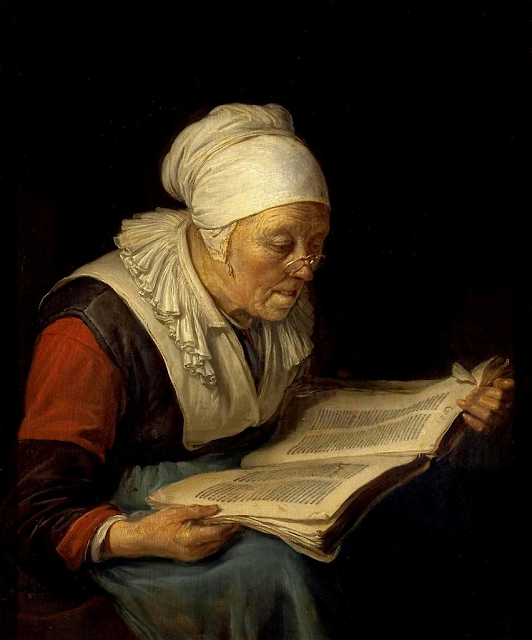Conjunction Junction: Connecting Words and Clauses for Effective Sentence Structure
Navigating the Path of Coherence and Cohesion with Wit and Wisdom
Introduction
Welcome to the fascinating world of conjunctions, where words join forces and clauses come together to create sentences of seamless brilliance. For non-native English speakers, this linguistic journey may seem like an intricate puzzle, but fear not, dear language enthusiasts! In this illuminating discourse, we shall unravel the secrets of conjunctions, guiding you through the maze with wit, wisdom, and a dash of British charm. Whether you're a language explorer seeking coherence or an ELT practitioner unearthing the treasures of teaching, our trusty guide shall illuminate the path of effective sentence structure.
Before We Set Forth: A Cup of Tea and a Jovial Quip
Let us embark on this linguistic adventure with a comforting cup of tea and a jovial quip. As the British say, tea nourishes the soul, and a quip enlivens the spirit. So, take a sip, embrace the joy, and let us delve into the captivating world of conjunctions.
Understanding Conjunctions: A Comprehensive Guide
Conjunctions are connectors that link words, phrases, or clauses within a sentence. Let's explore these linguistic architects step by step:
1. The Coordinating Conjunctions
Coordinating conjunctions connect words, phrases, or clauses of equal importance within a sentence.
The acronym FANBOYS helps remember them: for, and, nor, but, or, yet, so.
Example: I want coffee, and he prefers tea.
2. Connecting Clauses with Coordinating Conjunctions
Coordinating conjunctions can join independent clauses (complete sentences) to form compound sentences.
Remember to use a comma before the coordinating conjunction.
Example: I love reading, so I always carry a book.
3. Subordinating Conjunctions
Subordinating conjunctions connect an independent clause to a dependent clause, making one clause more important than the other.
They indicate time, cause, purpose, condition, and more.
Example: I will go if it stops raining.
4. Paving the Way with Subordinating Conjunctions
Subordinating conjunctions pave the way for dependent clauses to complement independent clauses, forming complex sentences.
Example: After the rain stopped, we went for a walk.
5. Correlative Conjunctions
Correlative conjunctions come in pairs and connect sentence elements of equal weight.
Common pairs include either/or, neither/nor, both/and, not only/but also.
Example: She can either read the book or watch the movie.
6. Conjunctive Adverbs
Conjunctive adverbs function as both adverbs and conjunctions, linking clauses and showing relationships between ideas.
They include words like however, therefore, meanwhile, nevertheless.
Example: He wanted to go; however, he couldn't find a ride.
7. Maintaining Coherence and Cohesion
Conjunctions are vital for coherence and cohesion, ensuring ideas flow logically within a text.
They tie sentences together, creating a smooth reading experience.
8. The Art of Punctuation
Punctuation plays a significant role when using conjunctions.
Remember to use commas and other punctuation marks correctly to maintain clarity.
9. The Versatility of Conjunctions
Conjunctions are versatile and can be used in various sentence structures.
Experiment with different conjunctions to create diverse sentence patterns.
10. Practice and Play
Mastering conjunctions requires practice and play.
Engage in language games, quizzes, and exercises to enhance your understanding.
Conclusion
As we conclude our exploration of the conjunction junction, may you now navigate the path of effective sentence structure with confidence and flair. Remember, dear language explorers, conjunctions are the glue that binds sentences together, creating a tapestry of coherence and cohesion.
So, raise your teacups once more, and toast to the beauty of conjunctions. May the wit and wisdom gathered on this journey enrich your language repertoire, empowering you to construct sentences of eloquence and grace. Here's to the magic of connecting words and clauses, and the stories you'll weave with the power of language. Cheers!








Comments
Post a Comment